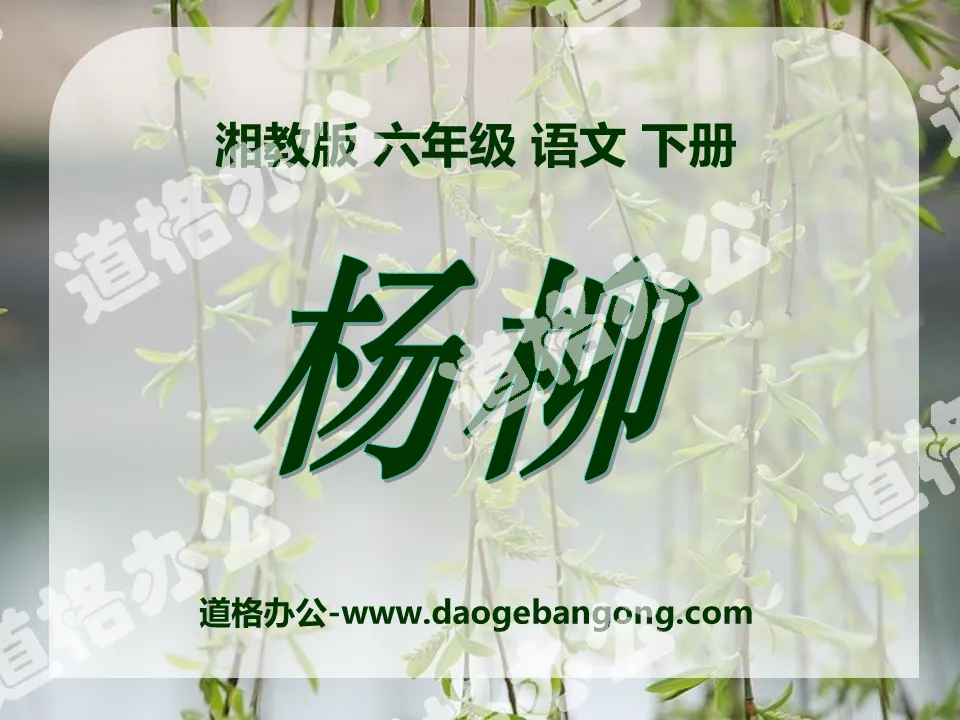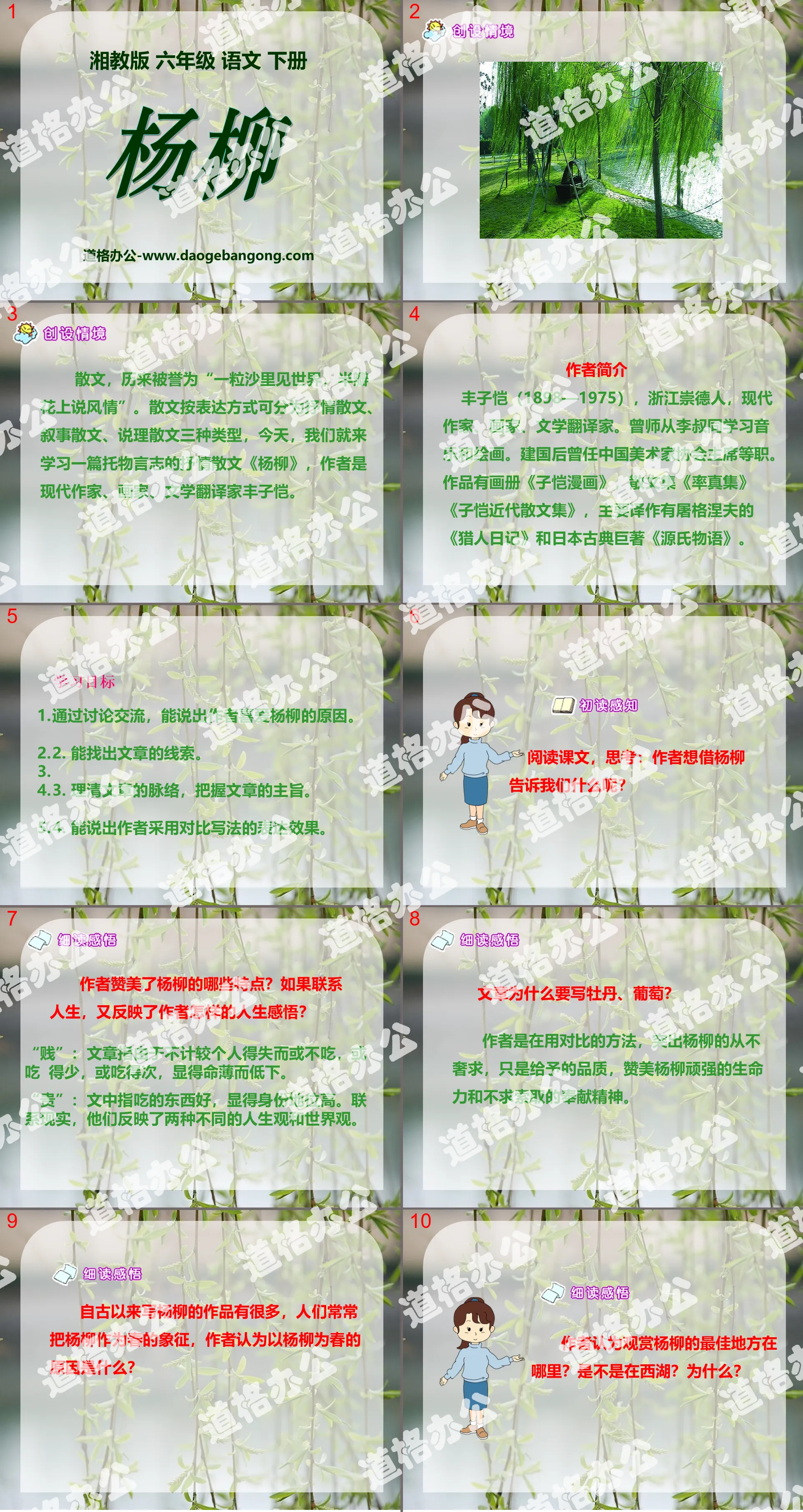The second volume of first-grade Chinese compiled by the People's Education Publishing House
The second volume of fifth-grade Chinese compiled by the People's Education Publishing House
The first volume of Chinese language for eighth grade compiled by the People's Education Publishing House
The first volume of first-grade Chinese compiled by the People's Education Publishing House
The first volume of ninth-grade Chinese compiled by the People's Education Publishing House
The first volume of fourth-grade Chinese compiled by the People's Education Publishing House
The first volume of Chinese language for sixth grade compiled by the People's Education Publishing House
The second volume of Chinese language for eighth grade compiled by the People's Education Publishing House
The first volume of Chinese language for fifth grade compiled by the People's Education Publishing House
The first volume of second-grade Chinese compiled by the People's Education Publishing House
Hunan Education Edition Third Grade Chinese Language Volume 1
The second volume of second-grade Chinese compiled by the People's Education Publishing House
The first volume of third-grade Chinese compiled by the People's Education Publishing House
The second volume of fourth-grade Chinese compiled by the People's Education Publishing House
The second volume of seventh-grade Chinese compiled by the People's Education Publishing House
The second volume of Chinese language for sixth grade compiled by the People's Education Publishing House

| Category | Format | Size |
|---|---|---|
| Hunan Education Edition Sixth Grade Chinese Volume 2 | pptx | 6 MB |
Description
"Willow" PPT courseware
Prose has always been praised as "seeing the world in a grain of sand, and describing the style in half a flower". Prose can be divided into three types according to the way of expression: lyrical prose, narrative prose, and reasoning prose. Today, we will study a lyrical prose "Yangliu" that supports things and expresses aspirations. The author is Feng Zi, a modern writer, painter, and literary translator. Kai.
About the Author
Feng Zikai (1898-1975), a native of Chongde, Zhejiang, is a modern writer, painter and literary translator. He studied music and painting under Li Shutong. After the founding of the People's Republic of China, he served as chairman of the Chinese Artists Association and other positions. His works include the picture album "Zikai Comics", the collection of essays "Collection of Frankness" and "Collection of Modern Prose by Zikai". His main translations include Turgenev's "Diary of a Hunter" and the Japanese classic "The Tale of Genji".
learning target
1. Through discussion and communication, you can tell why the author loves willow.
2. Be able to find clues to the article.
3. Clarify the context of the article and grasp the main idea of the article.
4. Be able to tell the expressive effect of the author's contrastive writing method.
Thoughts on first reading
Read the text and think: What does the author want to tell us through Willow?
What characteristics of willow does the author praise? If it is related to life, what kind of life insights does it reflect on the author's part?
"Cheap": The article refers to someone who doesn't eat, eats less, or eats poorly because he doesn't care about personal gains and losses, which makes him appear to have a poor life.
"Expensive": The article refers to the good food and high status. Connected with reality, they reflect two different outlooks on life and the world.
Why should the article write about peonies and grapes?
The author is using contrast to highlight Willow's quality of never asking for anything, only giving, and praising Willow's tenacious vitality and dedication without asking for anything.
Extend learning
1. This article is a lyrical prose that expresses one's ambitions. So how are the characteristics of prose reflected in the article?
2. Several contrasting techniques are used in the article. What is the expressive effect?
3. What rhetorical methods are used in the article? What is the expressive effect of each?
summary
"Flowers planted intentionally will not bloom, but willows planted unintentionally will provide shade." The tenacious willow also contains a profound and simple philosophy of life. Human wisdom lies not only in endowing natural creatures with rich connotations, but also in human beings' ability to find the motivation for continuous improvement and improvement.
Homework assignment
1. After class, I collected famous poems about willows and memorized them by heart.
2. Combined with the characteristics of willow, write a reflection with the title "The Germination of Life" or "The Value of Life".
Keywords: Yangliu teaching courseware, Hunan Education Edition sixth grade Chinese PPT courseware download, second volume, sixth grade Chinese slide courseware download, Yangliu PPT courseware download, .PPT format;
For more information about the "Yangliu" PPT courseware, please click the "Yangliu" ppt tag.
"Lu Zhishen Uproots Spring Willows" PPT:
"Lu Zhishen Uproots Willows in Spring" PPT Contents of the first part: About the author: Shi Naian, a litterateur in the late Yuan and early Ming dynasties, whose real name is Yan Duan, Han nationality, is said to be from Suzhou and from Xinghua. Classics, chapters, poems, astronomy, geography,...
"Willow" PPT courseware 4:
"Yangliu" PPT courseware 4 Feng Zikai (18981975) was born in Tongxiang, Zhejiang. Formerly known as Fengrun, he is a modern painter, writer and art educator. In his early years, he studied painting and music from Master Li Shutong (Master Hongyi) and was deeply influenced by his Buddhist thoughts. Published the first picture book in 1925..
"Willow" PPT courseware 3:
"Willow" PPT courseware 3 Get to know the author Feng Zikai (1898─1975) a modern writer, painter, and literary translator. A native of Chongde, Zhejiang. In 1914, he entered the First Normal School of Zhejiang Province and studied music and painting under Li Shutong. He graduated in 1919. Study tour in Japan in 1921, 1922...
File Info
Update Time: 2024-11-15
This template belongs to Chinese courseware Hunan Education Edition Sixth Grade Chinese Volume 2 industry PPT template
"Willow" PPT courseware Simple campus recruitment activity planning plan summary enterprise and institution recruitment publicity lecture PPT template is a general PPT template for business post competition provided by the manuscript PPT, simple campus recruitment activity planning plan summary enterprise and institution recruitment promotion Lecture PPT template, you can edit and modify the text and pictures in the source file by downloading the source file. If you want more exquisite business PPT templates, you can come to grid resource. Doug resource PPT, massive PPT template slide material download, we only make high-quality PPT templates!
Tips: If you open the template and feel that it is not suitable for all your needs, you can search for related content "Willow" PPT courseware is enough.
How to use the Windows system template
Directly decompress the file and use it with office or wps
How to use the Mac system template
Directly decompress the file and use it Office or wps can be used
Related reading
For more detailed PPT-related tutorials and font tutorials, you can view: Click to see
How to create a high-quality technological sense PPT? 4 ways to share the bottom of the box
Notice
Do not download in WeChat, Zhihu, QQ, built-in browsers, please use mobile browsers to download! If you are a mobile phone user, please download it on your computer!
1. The manuscript PPT is only for study and reference, please delete it 24 hours after downloading.
2. If the resource involves your legitimate rights and interests, delete it immediately.
3. Contact information: service@daogebangong.com
"Willow" PPT courseware, due to usage restrictions, it is only for personal study and reference use. For commercial use, please go to the relevant official website for authorization.
(Personal non-commercial use refers to the use of this font to complete the display of personal works, including but not limited to the design of personal papers, resumes, etc.)
Preview










